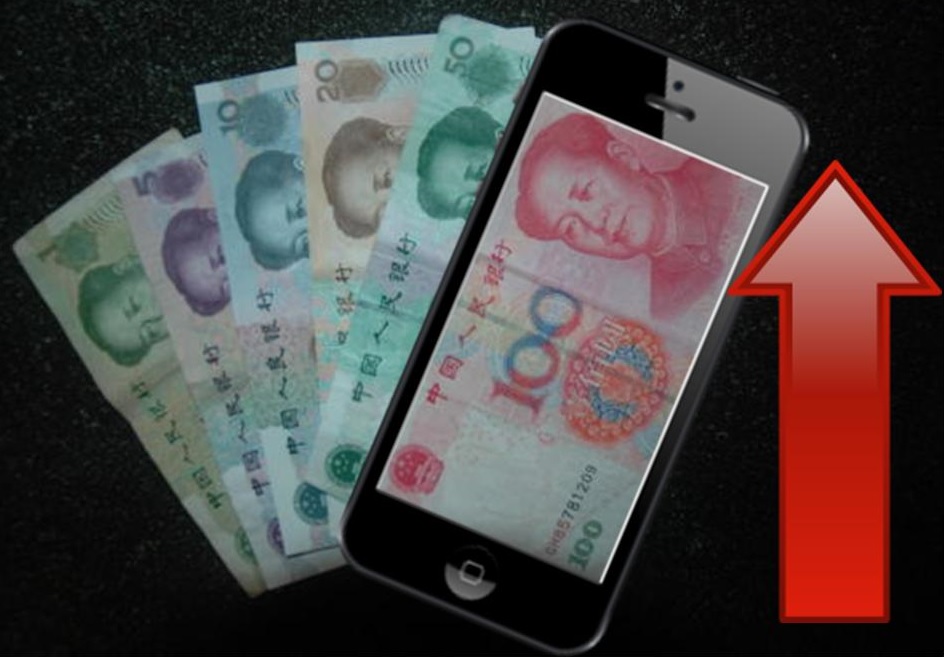The latest report issued by Kantar Worldpanel has shown that the two platforms are drawing closer.
The latest mobile commerce news report has just been issued by Kantar Worldpanel and has indicated that the market share gap between iOS and Android smartphones is narrowing in some markets, while Apple’s portion is strengthening in these important global regions.
In some very key markets Apple is beginning to grow even stronger than it was before.
Year over year, the mobile commerce report predicted that iOS would be making gains in the United Kingdom, the United States, and France. This, despite the fact that Android has been making tremendous surges in popularity and its penetration has become even greater than it ever has before, within the last twelve months.
The mobile commerce report showed that Android has managed to hold its lead but iOS is strong.
 According to the Kantar Worldpanel ComTech mobile commerce data that was released this week, “Android has retained its lead in smartphone sales for the 3 month period ending June 2013, with a 51.5% sales share of the smartphone market, while iOS follows with 42.5%, growing 3.3% compared to last year.”
According to the Kantar Worldpanel ComTech mobile commerce data that was released this week, “Android has retained its lead in smartphone sales for the 3 month period ending June 2013, with a 51.5% sales share of the smartphone market, while iOS follows with 42.5%, growing 3.3% compared to last year.”
The advances that are being recorded by iOS in the mobile commerce marketplace have primarily been at the expense of the market share held by Android. Over the three months that were completed in June 2013, the sales of iOS smartphones were made up of 8 percent from T-Mobile, 10 percent from Sprint, 39 percent from AT&T, and 40 percent from Verizon.
The mobile commerce news report suggested that the largest increase in Apple device sales came from T-Mobile. This did not come as much of a surprise to many, as the iPhone has only been recently added to the carrier’s offerings. That said, Verizon is still maintaining the largest number of sales during the period covered by the report. The next few months, as new devices are launched in each platform, should be very defining for the direction that the market will be taking at least for another year. Analysts will certainly be watching the numbers closely.
Chinese mobile payments gain momentum
Mobile payments in China are set for explosive growth over the next few years. A new report from the Internet Society of China shows that consumers are becoming more involved in mobile commerce, showing favor for shopping online with their mobile devices. These devices represent convenient access to goods that consumers are interested in and provide them with the ability to purchase these products wherever they are and at any time.
Consumers show strong interest in mobile commerce
The report predicts that Chinese mobile payments will surpass $1.45 trillion by 2015. The strong growth is partly due to the proliferation of smartphones and tablets. These devices have become an integral part of the lives of many Chinese consumers and are used regularly for business and entertainment. As mobile devices began to play a bigger role in society, businesses began taking note and retailers took steps to embrace mobile consumers and cater to their needs.
 Addressing security concerns draws in more consumers
Addressing security concerns draws in more consumers
In 2012, online transactions in China grew by 66%. The report shows that consumers have been showing more interest in mobile payments because of the level of support this kind of commerce has been receiving from retailers and financial service firms. These organizations have been paying strong attention to the security concerns that consumers have in regards to mobile commerce. Better security features means that consumers are more comfortable with participating in mobile commerce.
China may serve as a powerful example on the mobile payments front
Mobile payments in China are expected to continue growing for the foreseeable future. Mobile commerce services are becoming more capable of handling the needs of consumers, making these services more attractive to consumers overall. China is quickly establishing itself as a leader in the mobile payments front, showing that this sector is more than just a passing fad for consumers and retailers. For the time being, mobile payments have become an ideal way for businesses to adapt to a new generation of tech-savvy consumers.
 According to the Kantar Worldpanel ComTech mobile commerce data that was released this week, “Android has retained its lead in smartphone sales for the 3 month period ending June 2013, with a 51.5% sales share of the smartphone market, while iOS follows with 42.5%, growing 3.3% compared to last year.”
According to the Kantar Worldpanel ComTech mobile commerce data that was released this week, “Android has retained its lead in smartphone sales for the 3 month period ending June 2013, with a 51.5% sales share of the smartphone market, while iOS follows with 42.5%, growing 3.3% compared to last year.”
 Addressing security concerns draws in more consumers
Addressing security concerns draws in more consumers